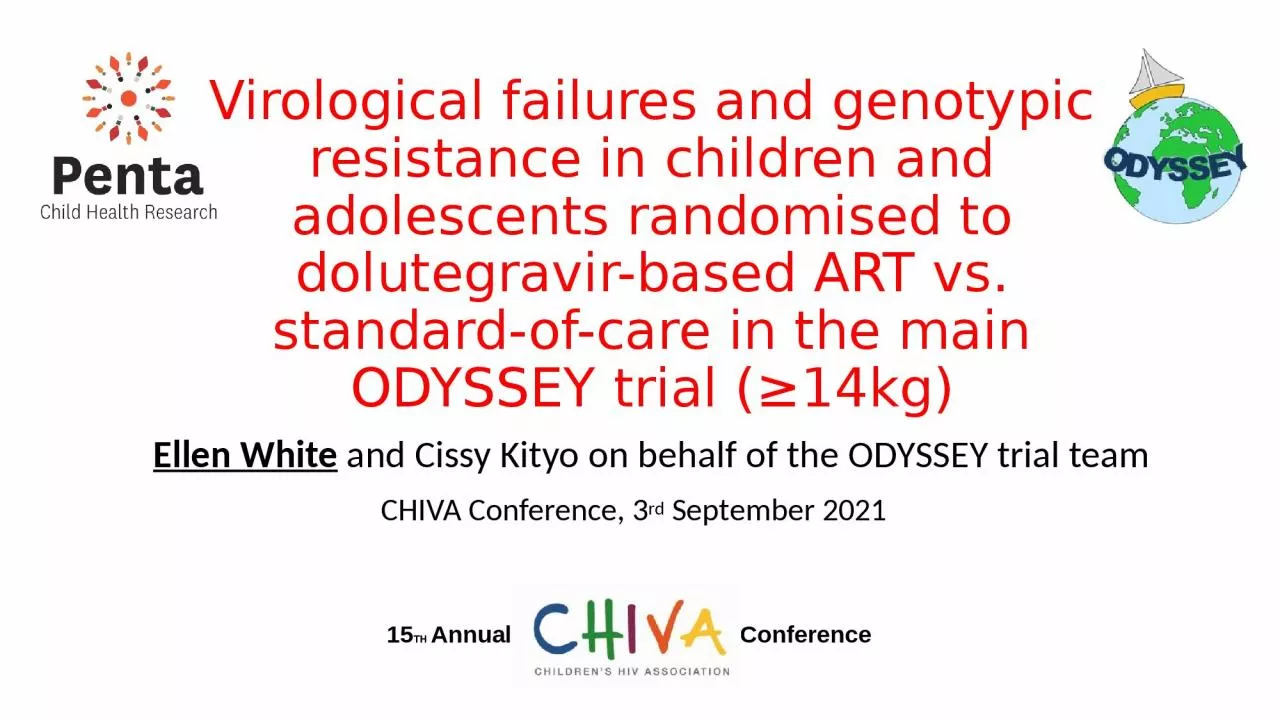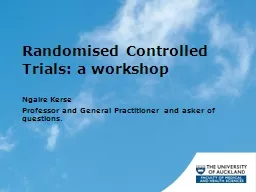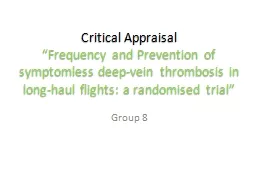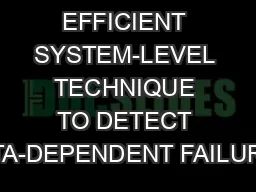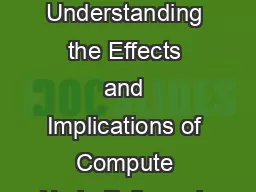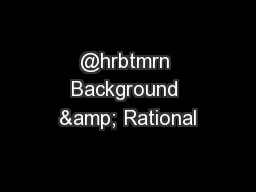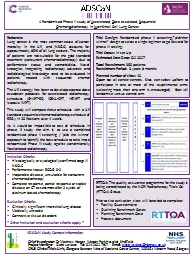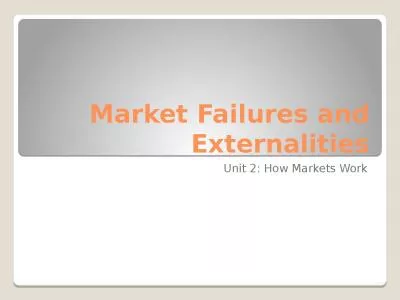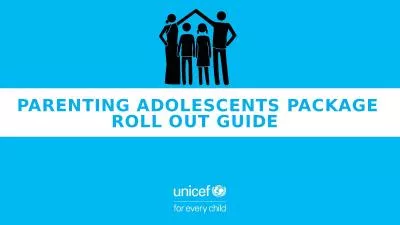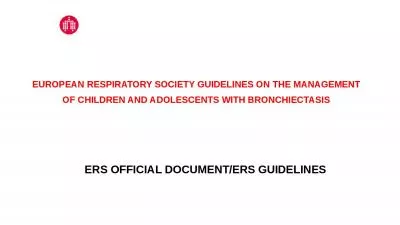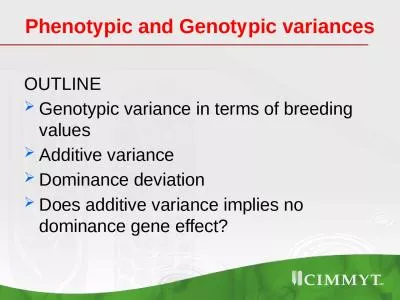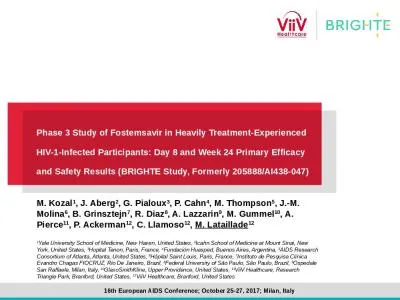PPT-Virological failures and genotypic resistance in children and adolescents randomised to
Author : madison | Published Date : 2024-02-09
14kg Ellen White and Cissy Kityo on behalf of the ODYSSEY trial team CHIVA Conference 3 rd September 2021 15 TH Annual Conference Baseline characteristics
Presentation Embed Code
Download Presentation
Download Presentation The PPT/PDF document "Virological failures and genotypic resis..." is the property of its rightful owner. Permission is granted to download and print the materials on this website for personal, non-commercial use only, and to display it on your personal computer provided you do not modify the materials and that you retain all copyright notices contained in the materials. By downloading content from our website, you accept the terms of this agreement.
Virological failures and genotypic resistance in children and adolescents randomised to: Transcript
Download Rules Of Document
"Virological failures and genotypic resistance in children and adolescents randomised to"The content belongs to its owner. You may download and print it for personal use, without modification, and keep all copyright notices. By downloading, you agree to these terms.
Related Documents

